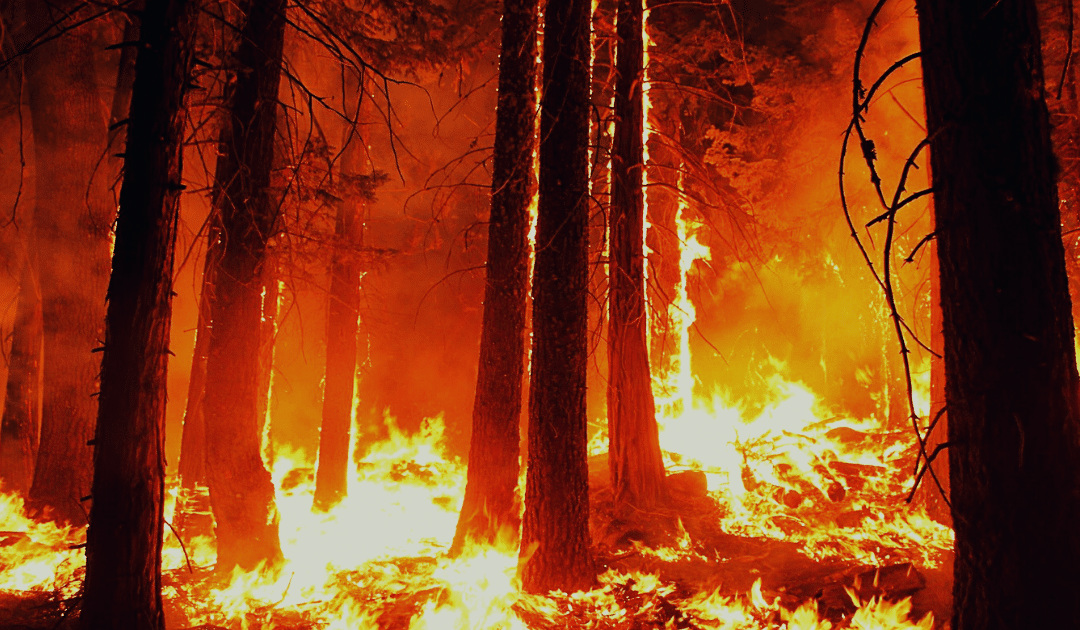Emergency preparedness will help you and your family stay safe in the event of a disaster. House fires, flash flooding, and natural disasters can happen anywhere at any time, and as we move into summer- hurricane and wildfire season, the risk for an emergency is even greater.
Coronavirus (COVID-19) has completely changed the way we interact with others- and will for the foreseeable future. That’s why it’s important to take action now to make sure you and your family are prepared for an emergency situation, while still taking the proper precautions to avoid COVID-19.
Here’s how to be prepared for an emergency during the middle of a pandemic.
Make a Preparedness Kit
Emergency Preparedness Kits are kits built for you and your family to have in the event of a disaster. These kits include all essential items that you would need to survive i.e. bottled water, toilet paper, copies of important documents, medication, food, chargers, hygiene items, etc.
The Red Cross recommends that during COVID-19, you should assemble two different emergency kits for you and your family.
Stay-At-Home Kit- This kit should include 2 weeks of emergency supplies. In the event that you or your family are exposed to the virus and you have to self-quarantine you should have everything that you would need to survive for 2 weeks without leaving your home.
Evacuation Kit- This kit should include 3 days of supplies in a “go bag”. It should hold all of your basic needs, yet be lightweight and easy to grab/carry in the event of an emergency evacuation. It is recommended that you have enough supplies for 72 hours. This also includes supplies for your health and safety in large crowds i.e. face masks, sanitizer, alcohol wipes, etc.
The Red Cross also recommends that each kit should have a 1 month supply of prescription medication along with fever-reducing medicine and cough suppressants.
Other Disaster Planning Tips
Making a disaster plan during a pandemic requires planning ahead, because of the need for social distancing. In the event of a natural disaster, sheltering in large buildings like school gyms and community centers may no longer be an option, and you will have to seek shelter elsewhere.
Here are some tips, the Red Cross recommends, to help you and your family develop a disaster plan.
-
- Register for emergency alerts
- Stay up-to-date on COVID-19 advice and restrictions for your state
- Have an evacuation transportation plan
- Have a safe destination set for your family to meet, if you become separated
- Research open lodging (campgrounds, hotels, shelters) and their restrictions, in the event of an evacuation
- Keep enough PPE, disinfectant, and medicine in your emergency kit for your family
- Do not stay with friends or family who have been exposed to COVID-19, are experiencing symptoms, or are at a higher risk of developing the virus
- If you think you have COVID-19 or have been exposed- self-quarantine, keep your distance (if possible), and contact your doctor as soon as you are safe and able.
For more tips click here.
This article is furnished by California Casualty, providing auto and home insurance to educators, law enforcement officers, firefighters, and nurses. Get a quote at 1.866.704.8614 or www.calcas.com.
- Graduation – When to Remove Your Child from Your Auto Policy - May 18, 2023
- How to Prevent Catalytic Converter Theft - May 17, 2023
- How Much Does Home Insurance Cost? - May 17, 2023

